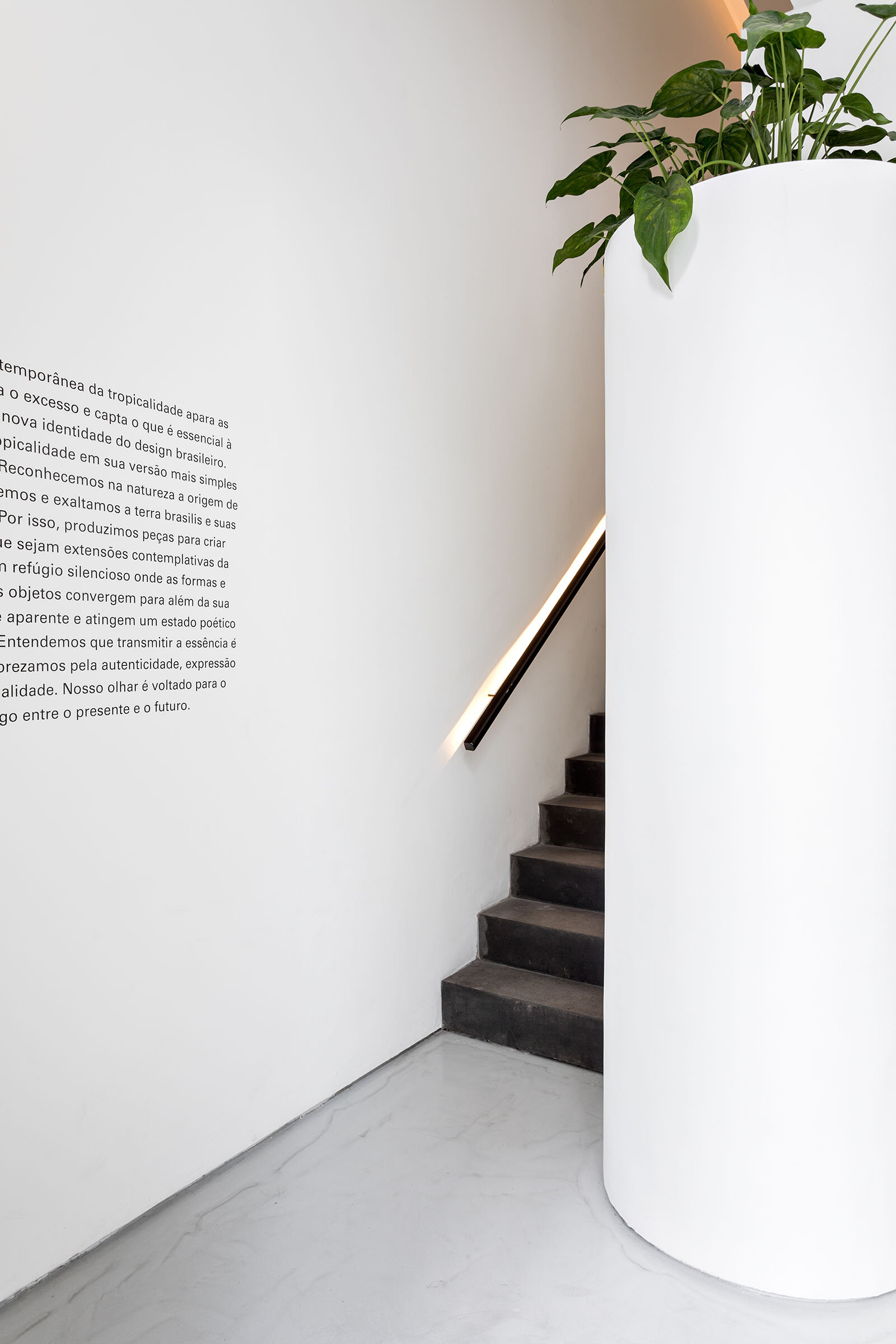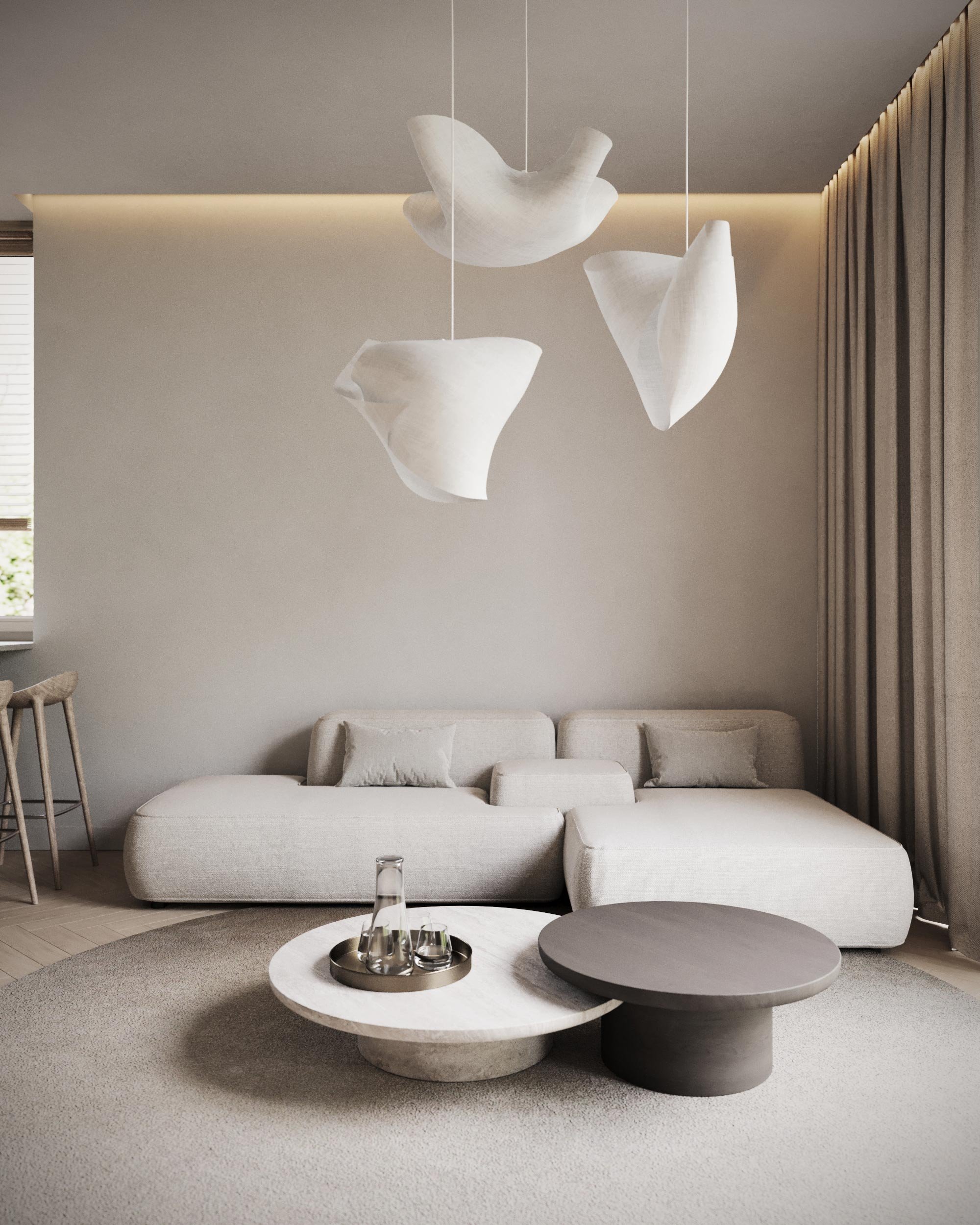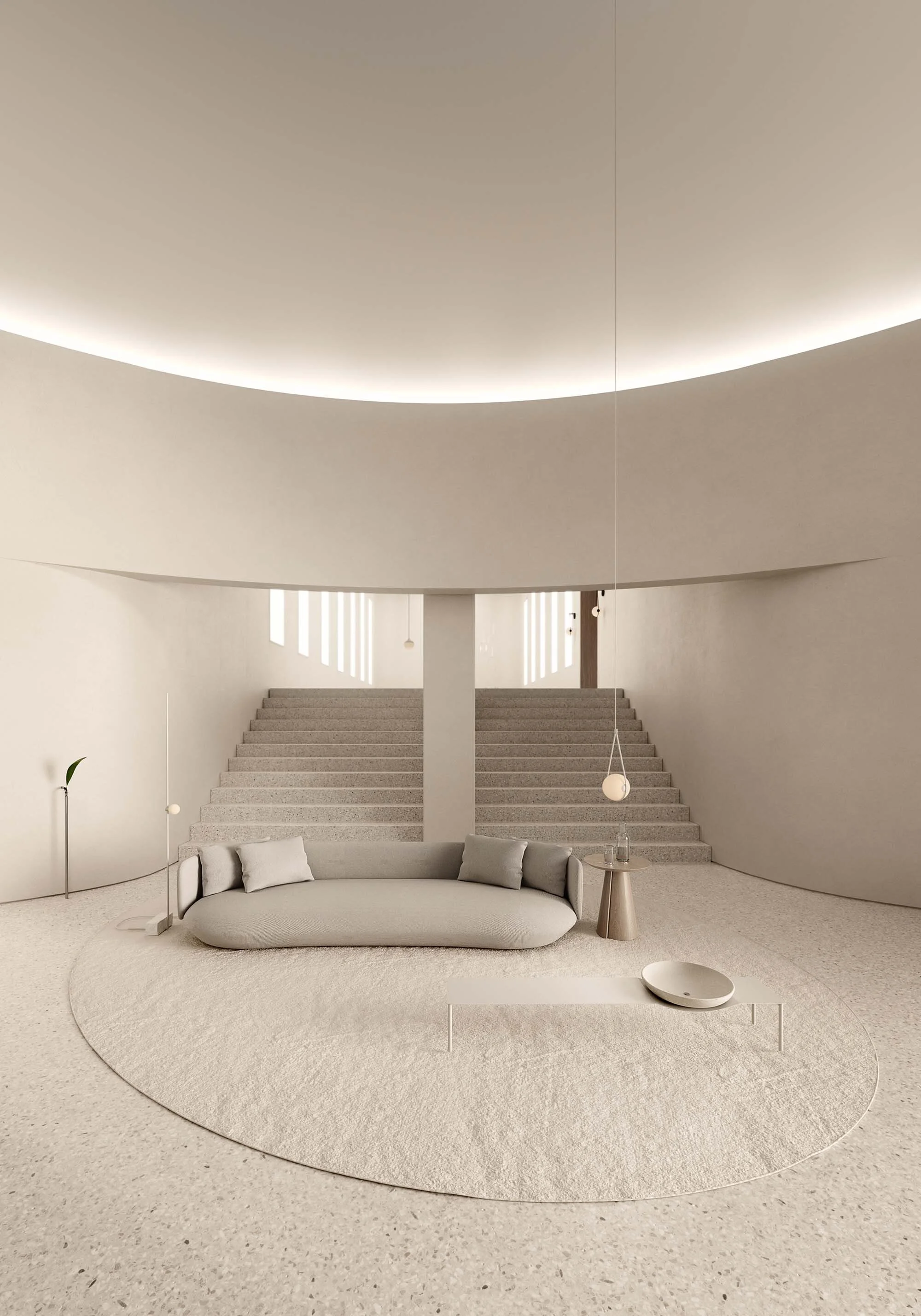WENTZ Design: Creating Products That Are an Extension of the Natural Environment
WENTZ Design: Creating Products That Are an Extension of the Natural Environment
Guilherme Wentz on What’s Next for Brazilian product studio WENTZ Design
Artist:
Guilherme Wentz
Photography:
Cintia Ferro
Words:
Erica Nichols
Guilherme Wentz’s design story is unlike most designers we speak with. There were no early childhood memories of design, no family lineage in art—Wentz saw a future in business administration, assuming he’d work at one of the local factories in his small town in the south of Brazil. But design still seemed to find him and once it did, it wouldn’t let go. The founder of WENTZ Design has seen exponential success in his design company, which creates Brazilian furniture, lighting, and objects that translates the natural environment into the homes of its customers. With each product, there’s a focus on a simplistic, tropical quality often inspired by the people and places Wentz has interacted with. Now with their first retail store open and plans to expand into the US, Wentz spoke with us about the challenges of running a brand of this scale and why nature plays such a prominent role in his designs.
VISUAL PLEASURE Magazine: What are some of your earliest memories or influences with art and design? You first pursued Business Administration, then switched gears to focus on Product Design. What motivated you to make that switch?
Guilherme Wentz: I never thought about design or art until my early twenties. I grew up in a small industrial-driven town in the South of Brazil, and throughout my youth I thought I would become an administrator for one of the local factories. The switch happened when I was almost finishing the business degree. During this time I would drive to the coast every weekend to surf, and it made think about my current lifestyle, my job, my options, and all of the future expectations I made for myself. I started to admire the simplicity of my weekends and set it as a goal for my whole life and my future. Product Design school was almost a random choice, but thinking about it now, I believe it was a natural choice, regarding the industrial context I had.
Within eight years, you’ve received so much praise and success with your work. Do you feel that it’s been a smooth road to success? What were some of the highlights or challenges in starting your business or launching your projects that most wouldn’t know about?
Once I began studying design, I became so passionate and focused on building my career. Whether it was my lifestyle philosophy or my want to make up for lost time, but I would get in contact with every Brazilian design company I admired to show them my school projects. It gave me the opportunity to have my products launched before I even completed my design degree. I was supported by companies that taught me a lot, invested in product and media, and sped up my career. I go after projects and business goals that are larger than me and current knowledge to keep me moving. The thing is, being a designer in Brazil (and maybe other places too) is not financially easy. The volume of the Brazilian contemporary furniture market is not big enough to make expressive royalties. So, my solution for trying to make my design philosophy financially sustainable was to have my own brand. Having production, distribution, and now a store is way more complex than designing products, and I think that was the biggest hurdle for myself and my partners.
How has your Brazilian background influenced your work? Is working with other Brazilian designers or businesses important to you and your business?
In the beginning, I tried to get away from the ‘Brazilian’ label by sourcing inspiration from all over the world. I recently realized that, beyond aesthetics, the development of Brazilian furniture has a very unique identity that expresses specific qualities of our country. Lately, I’ve been looking at the country’s mid-century masters for inspiration.
Your designs have a minimalistic and natural quality to them. Talk to us about how you developed your style and which qualities of nature and minimalism interest you the most.
Living with less, being closer to nature, and searching for the essence of things (as cliché as it sounds) are the reasons I am so inspired by minimal art expressions and the meanings I want to put in my work. I realized we are one of the first generations to live a total urban/modern lifestyle and, because of that, we have such a romantic relationship with nature. I do believe that subtracting excess of the interiors and having objects that subtly relate to the outdoors, we can start to look back to nature and, in the long term, break the boundaries between natural and man-made for a more sustainable existence for humanity and for the planet
What do you think are the most important qualities to have as a designer, but also as an entrepreneur?
I think that good design and good business comes from a balance of conceptual visions and a focused, pragmatic work ethic. These two qualities don’t always exist in the same person or at the same time and that’s the challenge, but only that combination can make meaningful ideas come to life.
Talk to us about your most recent collection.
Most of my projects have their own concept, personality, and process. Our most recent collection was made with a different goal, to connect all of the products of the brand. We just launched the first WENTZ store and we wanted all the products to connect to each other so they could exist side-by-side and be a true platform for the lifestyle we are curating through the brand. The new furniture and lighting are very simplistic and are guided by the essential thoughts that led me to design: looking for a more simple and calm life through the objects that surround us. For example, the Gravatá Chair was named after one of the small isolated beaches I used to go 10 years ago, and its design is an attempt to evoke the essence of the place it was inspired by. But I would say most of my projects are led by a very specific natural movement. Once we stipulate a briefing for the project, I exercise the idea of how it would be as if it was naturally or improvisationally made. I believe mixing those concepts with technological manufacturing brings about the most interesting results.
Can you share any news on upcoming projects or pieces in the works? What are you looking forward to most?
So we just opened our store in São Paulo, and we are working hard to continue improving as we learn how retail works. Besides that, we are working on a new collection of lighting for next year, as well as expanding our presence in the U.S.



















